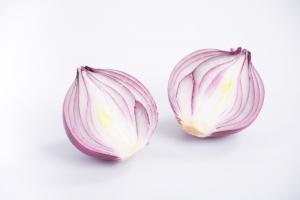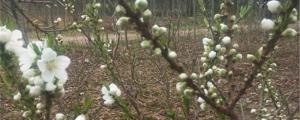What Palm Trees Can You Plant in SC?
South Carolina, also known as the Palmetto State, is rich in natural beauty and boasts a subtropical humid climate, which makes it an ideal location for various palm tree species. Whether you are looking to add some tropical flair to your backyard or hoping to line your street with palm trees, here are some species that thrive in South Carolina:
Sabal Palms
The Sabal palm, also known as the cabbage palm or Carolina palmetto, is the state tree of South Carolina. It is a slow-growing species that is commonly found in the southeastern United States. Sabal palms are known for their large fan-shaped leaves and their ability to withstand extreme heat and cold. They are also known to be drought-tolerant, making them a low-maintenance option for landscapers.
Windmill Palms
The Windmill palm, also known as the Chusan palm or Chinese windmill palm, is native to China and is a relatively hardy species. They are able to tolerate colder temperatures than other palm species, making them a suitable option for those hoping to add palms to their landscaping in more northern parts of South Carolina. Windmill palms are known for their unique trunk structure, which has a distinctive hairy texture.
Needle Palms
The Needle palm, also known as the porcupine palm, is a slow-growing species that is native to the southeastern United States. The Needle palm is perhaps the most cold-hardy palm tree species in South Carolina, able to withstand temperatures as low as ten degrees Fahrenheit. Despite its tough exterior, Needle palms still have a beautiful appearance, with their long, slender leaves adding a unique texture to any landscape design.
Cabbage Palms
The Cabbage palm, also known as the palmetto palm or Sabal palmetto, is a popular palm tree species in South Carolina. It is known for its large fan-shaped fronds, which fan out from the top of the tree’s trunk. The Cabbage palm is often used for landscaping along the coast, as it is able to withstand salt spray and coastal winds.
Pindo Palms
The Pindo palm, also known as the jelly palm or the wine palm, is a versatile species that is native to South America. It is able to tolerate cold temperatures and drought, making it an ideal option for planting in a variety of different areas. The Pindo palm is known for its arching fronds that are a beautiful blue-gray color.
Conclusion
South Carolina’s subtropical climate provides an ideal environment for many different palm tree species. From the cold-hardy Needle palm to the versatile Pindo palm, there are plenty of options for people looking to add palm trees to their landscape design. Whether you are hoping to create a tropical oasis in your backyard or simply looking to add some greenery to your street, there is a palm tree species that is right for you.

 how many times do yo...
how many times do yo... how many planted tre...
how many planted tre... how many pine trees ...
how many pine trees ... how many pecan trees...
how many pecan trees... how many plants comp...
how many plants comp... how many plants can ...
how many plants can ... how many plants and ...
how many plants and ... how many pepper plan...
how many pepper plan...






























